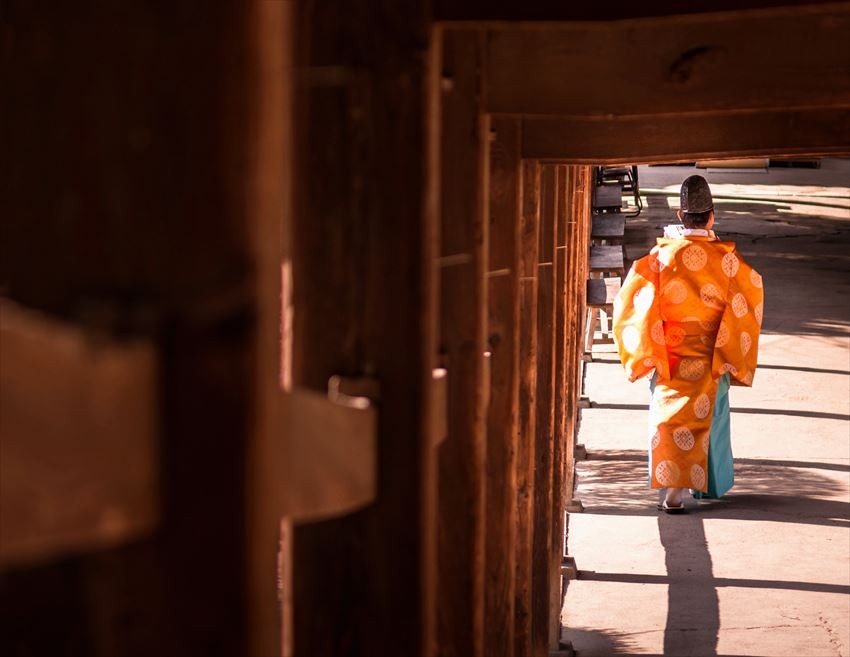
We have rather long chains of scary stories, so let’s take a break and explore the mystery aspect of the series too. This time we will explore the Way of Onmyo, and whatever remain after the abolishment of superstitious in Meiji era.
The Way of Onmyo
What is the Way of Onmyo
The name is Onmyōdō (陰陽道) in Japanese. The Kanji scripts are made from 陰 (In, or Yin in Chinese, ‘Shadow’), 陽 (Yō, or Yang in Chinese, ‘Light’), and 道 (Dō or Michi, ‘Way’). So alternative, it can be read as Inyōdō, which is literally the Way of Yin and Yang or the Path of Shadow and Light.
Origins: Shadow and Light
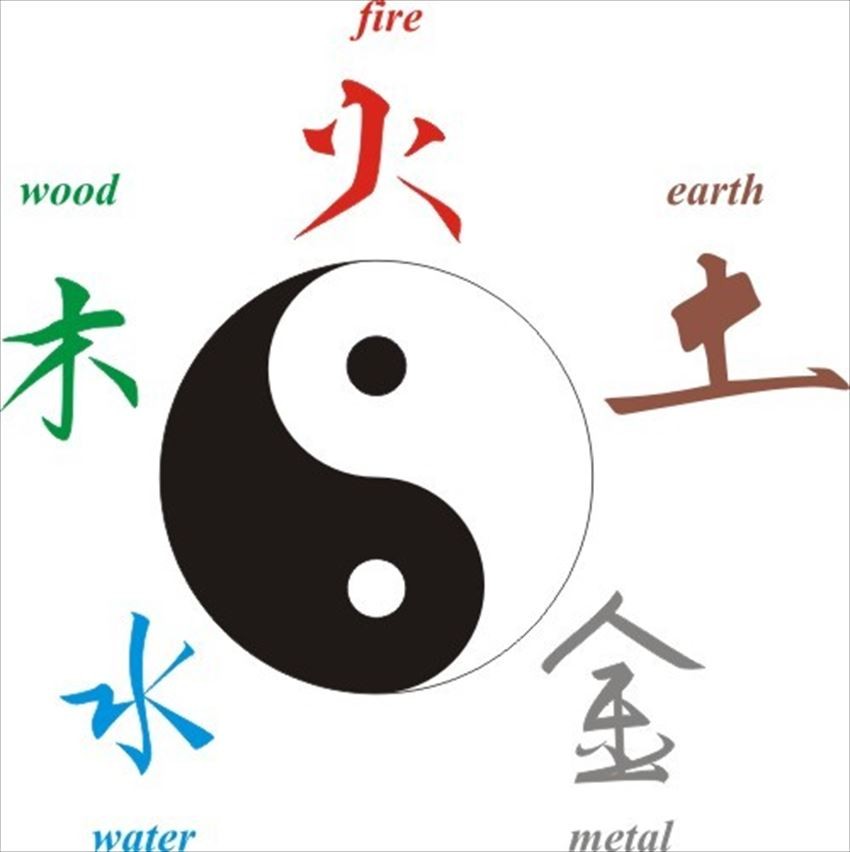
As you can guess, the original philosophies came from Chinese Five Elements (Earth, Water, Fire, Metal, and Wood) and Yin and Yang. The concepts came to Japan along with Buddhism and Confucianism during 5th and 6th centuries, before Japan started the isolation in Heian period.
At time, it was a branch of learning that mixed everything together, such as astronomy, calendar-making, reckoning of time, the basis of things in universe, and how they connect and interact, which eventually led to the art of divination. Since it came along with Buddhism, it was mostly exclusive to monks, who were knowledgeable in reading and writing Chinese scripts.
Later, the imperial court in Japan saw that the divination would be a great asset in decision making, so the practitioners of Onmyōdō, called Onmyōji (陰陽師), began to flourish in 7th century.
Onmyōji: Time-Tracker, Diviner, Warden
Unlike the original practitioners which were mostly Buddhist monks, Onmyōji were defined as Civil Servants under the Bureau of Onmyō. The title of Onmyōji was reserved to the professional, qualified practitioners only.]
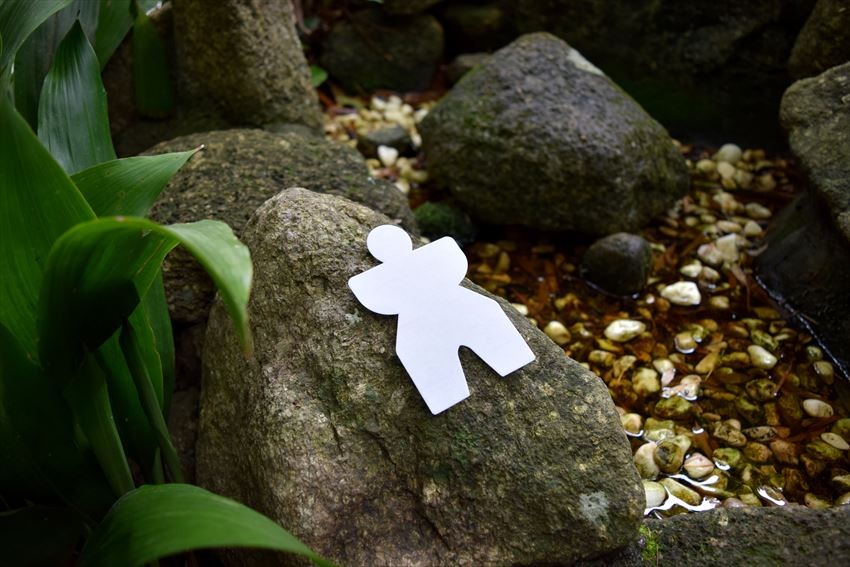
The works of Onmyōji in the court ranged from specialized task such as keeping track of calendar, to more mystical ones such as divination, determining the fortune direction or days, and protecting the capitals from evils. The last one was significant in the decision to move capitals, originally from Heijō-kyō (Nara) to Heian-kyō (Kyoto) and later to Edo (Tokyo).
Famous Onmyōji: Abe no Seimei
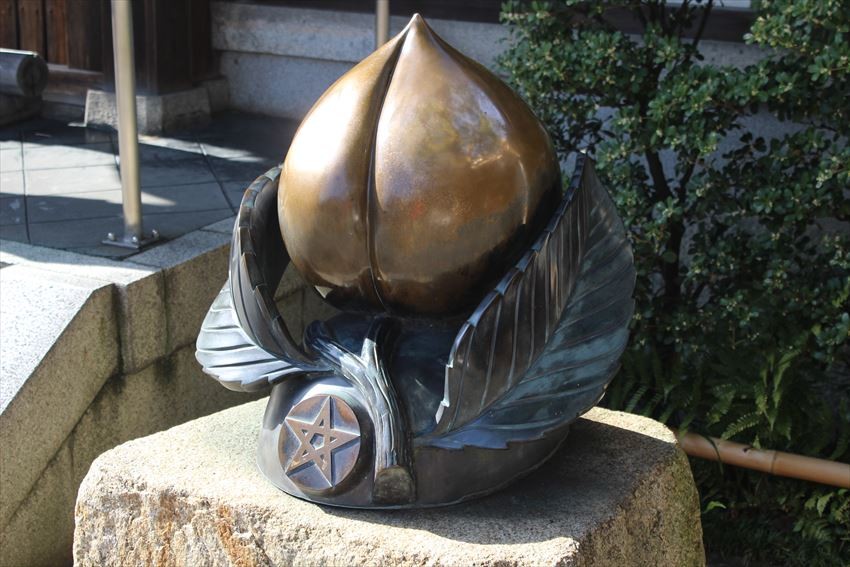
Abe no Seimei (安倍 晴明) is a very popular character portrayed in many medias of the modern time, ranging from manga and anime to novels and urban legends. Back in his time around the end of 10th century, he was very influential, acting as close adviser to the imperial court and was said to precisely predict certain astrological event, the sex of fetuses before birth, and finding lost objects. Heian era, especially during the time he was alive, was said to be very peaceful. Some believe that Seimei was secretly protect the capitals from evil spirits and bad influence. Some legends said that he could summon Shikigami (式神 a spirit with paper doll as medium) to do his bidding from early age.
He had incredibly long and healthy, disease-free life, leading some to believe that he was not ordinary human. Some legends said that his mother was a powerful fox youkai shape-shifting as human. After his death, a shrine dedicated to him, Seimei Shrine (晴明神社) was built in Kyoto; now a very popular spot for those seeking fortune and luck.
The Abolishment of Onmyōdō
When the imperial court fell into decline, the Onmyōji lost their state patronage, thus the status of civil servants became less prominent. The shift of power from Emperor and the court to Daimyō and later Shogun might have escalated the decline. But like the imperial court, many daimyo and shogun might have sought the power of Onmyōji or prevent the others from getting a hold on them. But many Onmyōdō survived under the control of Tsuchimikado (土御門) family.
In the middle of 19th century, the government deemed that Onmyōdō is a superstition, and thus it has become prohibited.
Remnants of Onmyōdō: Fortune, Astrology and Barrier
Even though abolished and prohibited, many works of Onmyōdō still persist in modern time. The modern Onmyōji are considered as priest (thus avoid being prohibited), but more than often they act as mediums or spiritualists and perform fortune reading or exorcism from time to time.
Fortune Direction: Setsubun
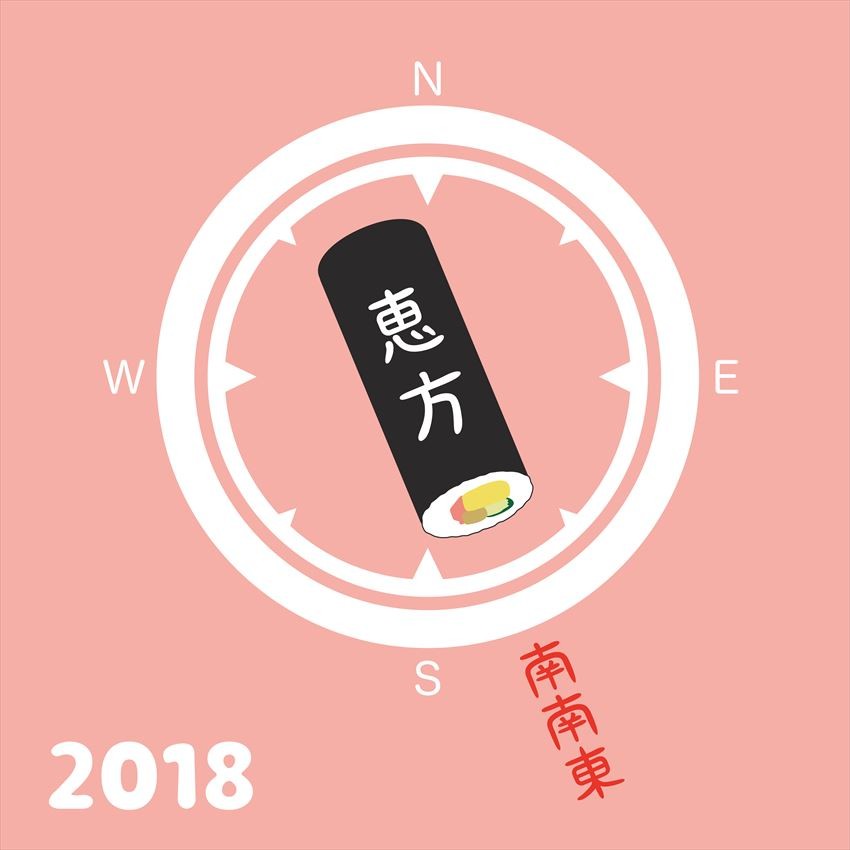
Originally practiced only in old Capitals like Nara and Kyoto regions, the modern marketing brought Setsubun (節分), along with the traditions of eating Ehōmaki (恵方巻) while facing the Fortune Direction, Ehō (恵方), to the whole of Japan. Each year the Fortune Direction is different, and Onmyōdō’s Art of Toshitokujin (歳徳神 God of the Year) is used to determine the direction.
Fortune Days: Six Days Calendar
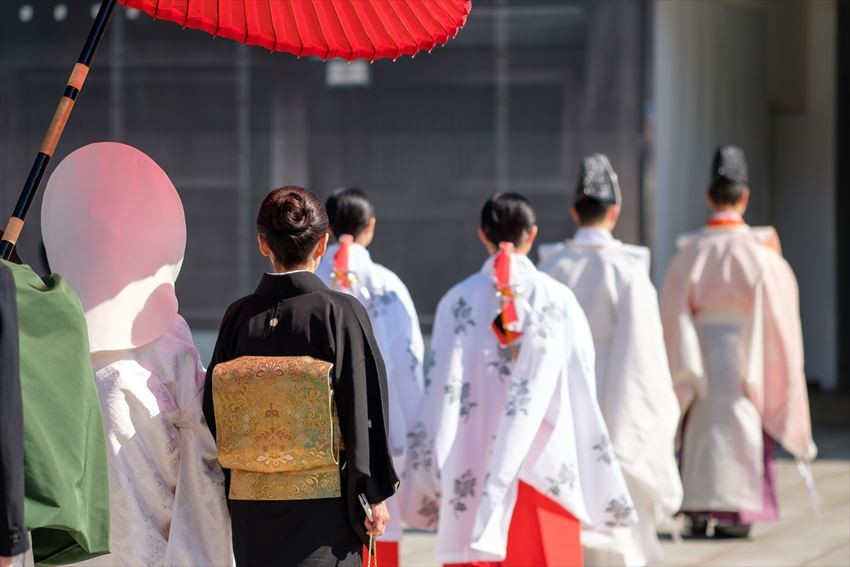
Although modern calendar may not include this, many people still believe in the Rokuyō (六曜) or Six Days fortune. Many people still avoid holding funeral on Tomobiki (友引). Likewise, weddings would avoid Butsumetsu (仏滅) and prefer to be on Taian (大安).
Fortune Age: Calamitous Year
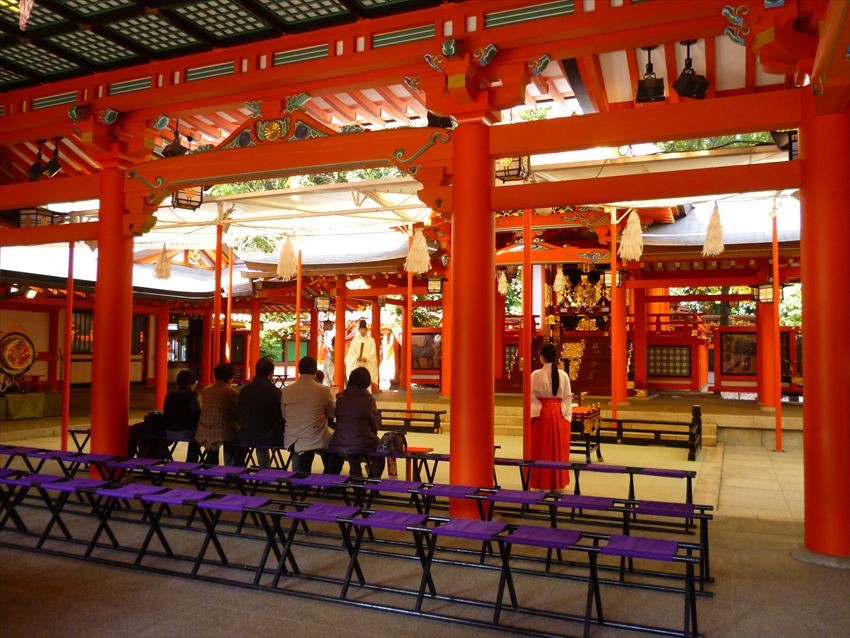
Many Japanese people still believe in “Calamitous Year” or “Yakudoshi” (厄年) in Japanese. Although there was no solid proof that it originated from Onmyōdō, it has been around since Heian period, before Onmyōdō was formed. Then again, Onmyōdō came from the mixed concepts practiced by Buddhist monks from Nara period, so it is possible that they came from the same root.
In modern time, it is believed that for male, the worst times of life are around 25, 42 and 61 years old, while for female are 19, 33 and 37 years old. To avoid bad luck or to lower the severity of misfortune, Japanese would attend Calamity Exorcism Ritual (厄払い Yakubarai) at shrine, buy charms, or wear lucky items.
Urban Legends of Barriers around Capitals
Despite without official records or written proof, this is one of the most believed urban legends that most people know about without being taught in class. Some even make a round trip to visit these spots, believing to bring good luck.
However, part of the original belief was that the Northeast direction is the Demon Gate (鬼門 Kimon) and the opposite direction of Southwest is Back Demon Gate (裏鬼門 Urakimon), both of which are bad luck, thus, the Barrier was meant to seal the bad things coming from those directions.
For more details… be sure to check out our next installation!
Previous Articles:
Horror Stories to keep you chilled in Summer
Horror & Mystery Series Vol. 1: Japanese Phenomena
Horror & Mystery Series Vol. 2: Obon and Its Origin
Horror & Mystery Series Vol. 3: Strange Occurrences During Obon
Horror & Mystery Series Vol. 4: The Mystery of Aokigahara “The Sea of Trees”
Horror & Mystery Series Vol. 5: The Horror of Aokigahara Episode 1
Horror & Mystery Series Vol. 6: The Horror of Aokigahara Episode 2
Horror & Mystery Series Vol. 7: The Union of Izanagi and Izanami
Horror & Mystery Series Vol. 8: The Separation of Izanagi and Izanami
Horror & Mystery Series Vol. 9: Half-Human Half-Yokai Rokurokubi
Horror & Mystery Series Vol. 10: Tales of Okiku, Sarayashiki (Manor of the Plates) Part 1
Horror & Mystery Series Vol. 11: Tales of Okiku, Sarayashiki (Manor of the Plates) Part 2
Horror & Mystery Series Vol. 12: Short Horror Stories Around the Web, “Hotels”
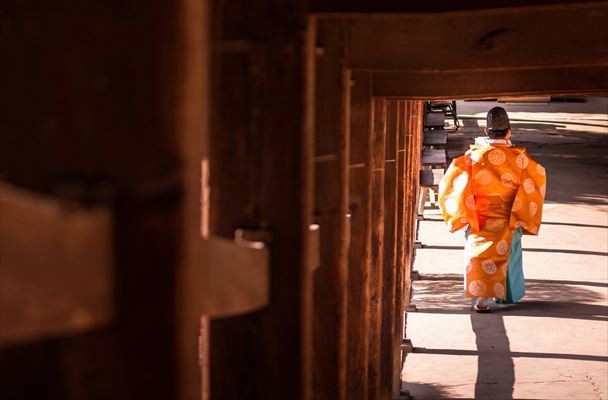
Comments